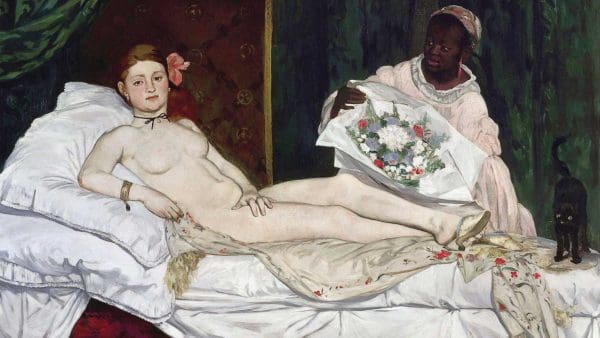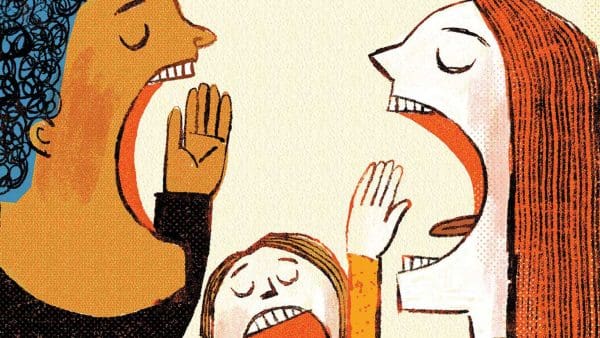
At no time in recent history has the Federal Reserve garnered quite so much attention, at home and abroad. America’s central bank was thrust into the spotlight during the credit crisis of 2008 and has remained there since, employing all sorts of methods to keep the U.S. (and at times, the world) from financial collapse. We asked Olivier Jeanne, a professor in the Department of Economics and in the Center for Financial Economics, whether the Fed has the tools to continue to keep America out of another Great Depression.
Q: Can the Federal Reserve save America?
A: In principle, the Fed should keep stimulating the economy because inflation is low and unemployment is high. In a situation like this you would want the Fed to lower interest rates by increasing the money supply. That’s what the Fed does in recession. The problem is that they have already lowered interest rates to 0 percent and greatly increased money supply—and the economy has not recovered. This is called a liquidity trap.
Perhaps the only remaining option for the Fed to escape this liquidity trap is to provide “forward guidance” for its policies, that is, make announcements about what they will do in the future. The Fed could announce that interest rates will stay low as long as it takes for the inflation rate to rise or unemployment rates to fall. For example, [Federal Reserve chairman] Ben Bernanke could promise to keep interest rates at 0 percent until the inflation rate increases to, say, 5 percent. Having 0 percent interest rates and higher inflation will make it more costly to save and cheaper to borrow. Thus households and firms will be encouraged to spend more, which will stimulate the economy. This will increase the price of houses, depreciate the dollar, and stimulate exports.
The problem is that it is not clear how the public will respond to this kind of announcement. It might generate more uncertainty, increase long-term interest rates, and have a counterproductive impact on the economy. This is clearly a risk. But there is not much else on the table and what the Fed has done so far has not produced a stimulus strong enough to revive the economy. The only other alternative is to let things run their course, but that would likely lead to a high unemployment rate for at least five more years.
I would choose moderately higher inflation over higher unemployment. Ideally, the Fed would encourage a moderate annual rate of inflation for a few years, something like 5 to 6 percent, and reassure the public that the long-run inflation target remains lower, something like 2 percent. This is a tricky balancing act, and I am not sure the Fed or other central banks can pull it off.
There is a tendency, in public discussions, to take low inflation as the only criterion for the success of monetary policy. But if the inflation rate reaches 5 or 6 percent, that is not necessarily a bad sign. In the current context, it could be a sign that the Fed is doing the right thing.




